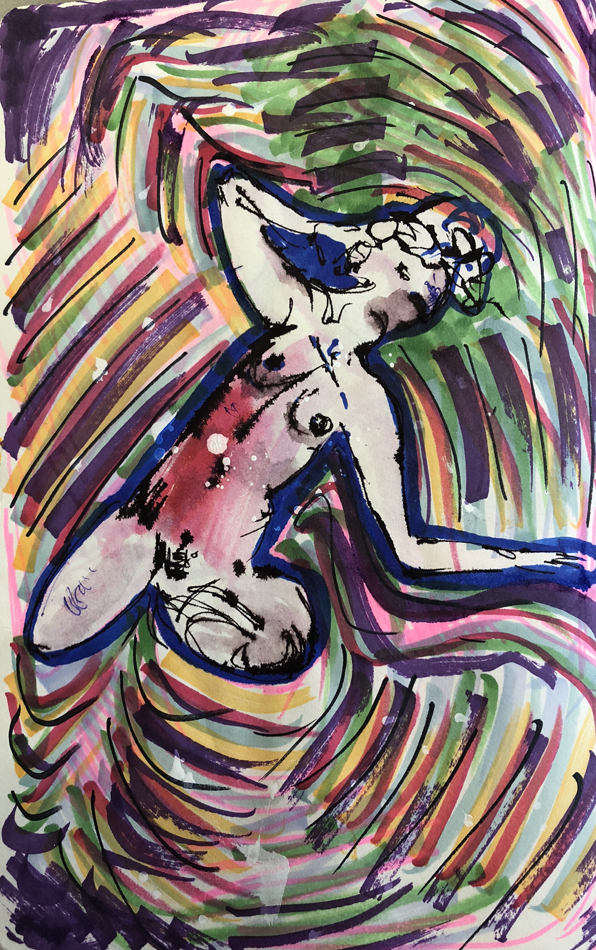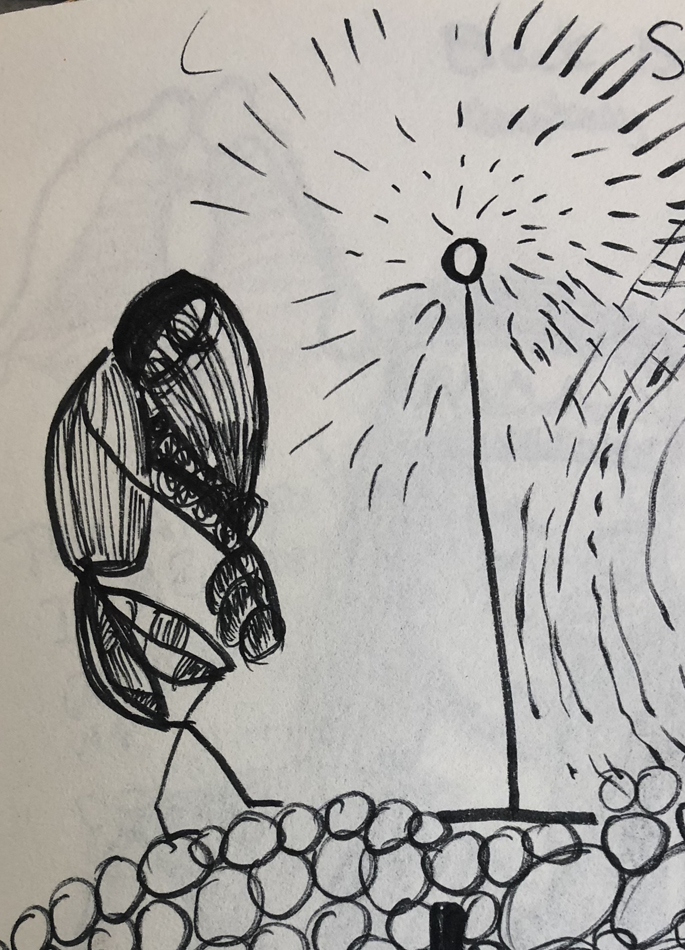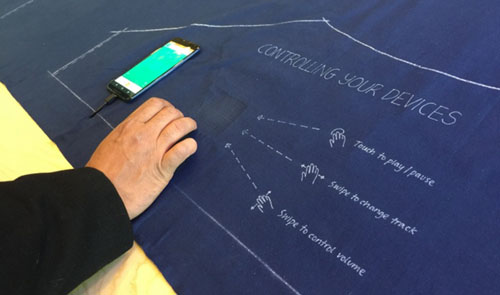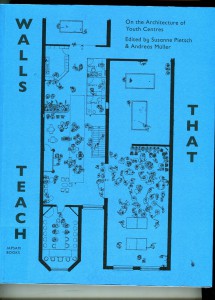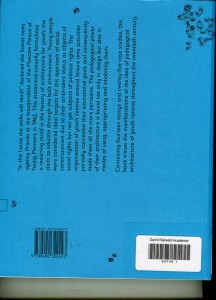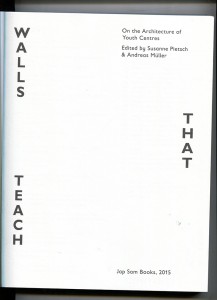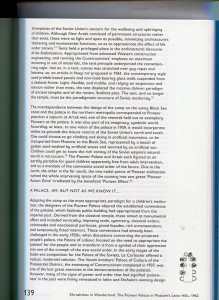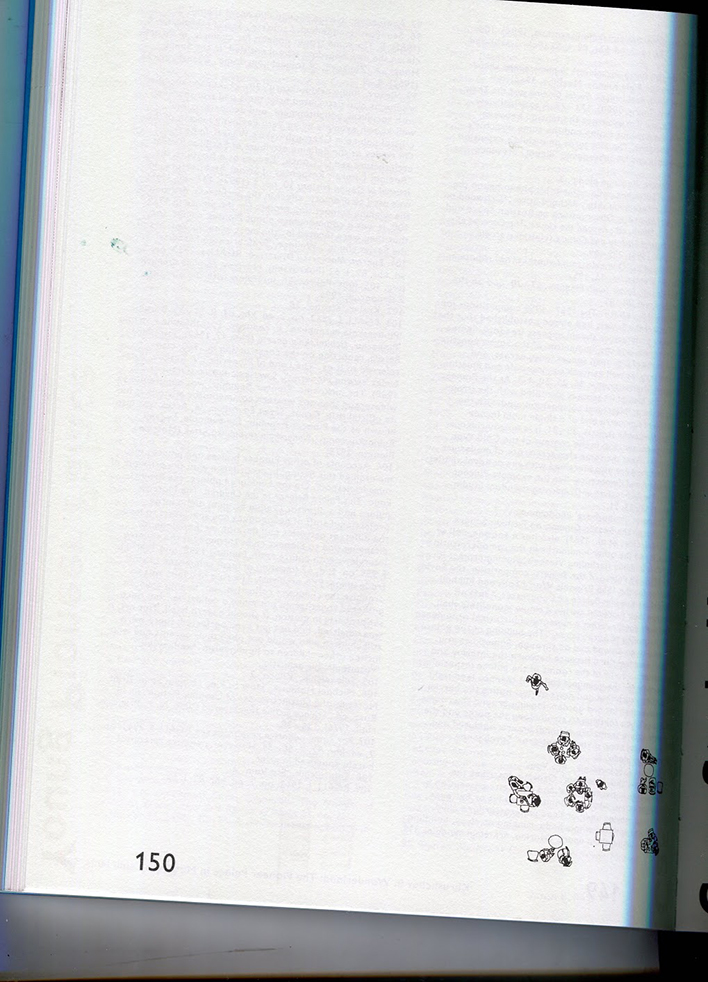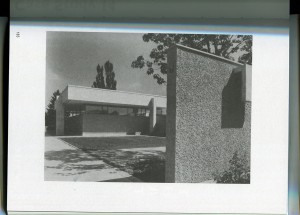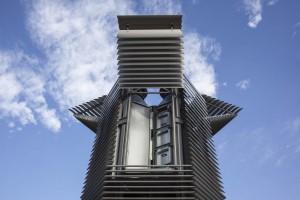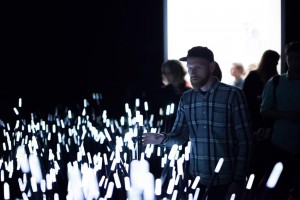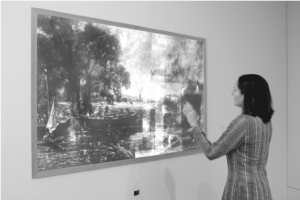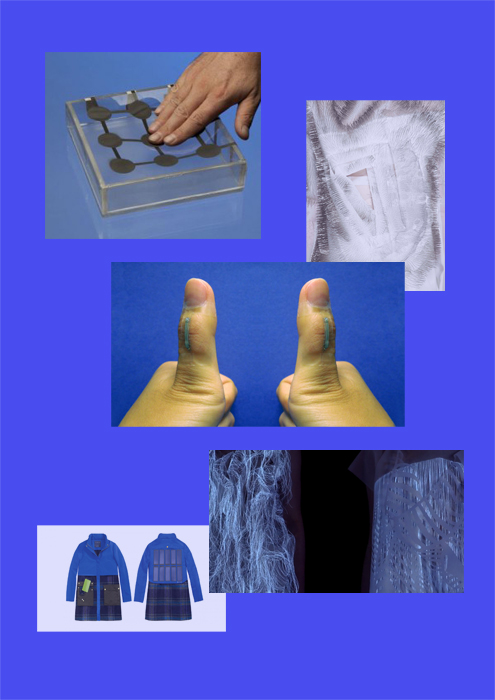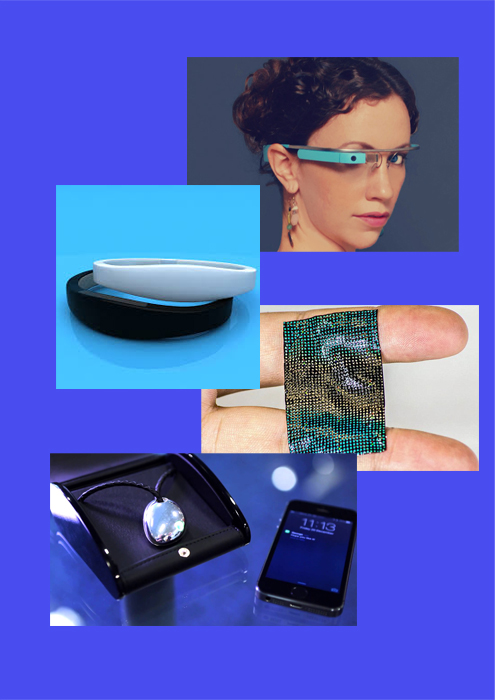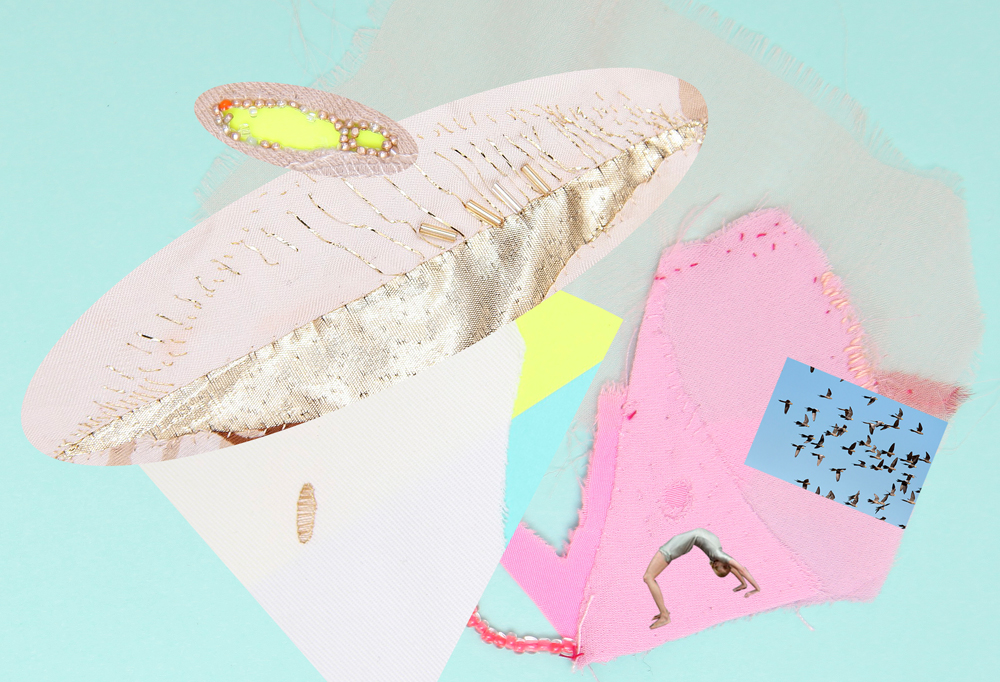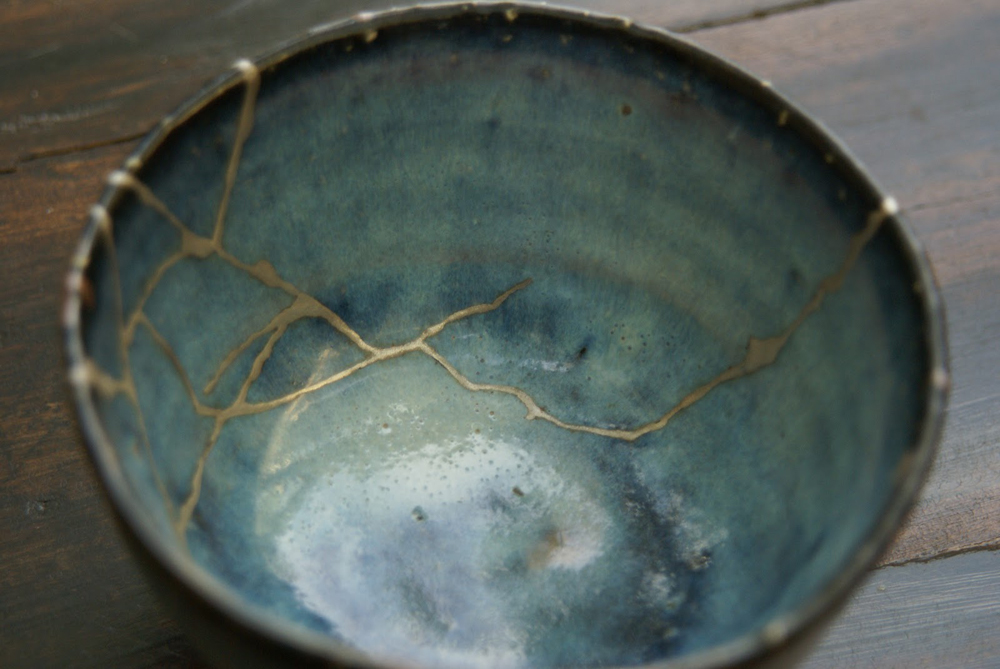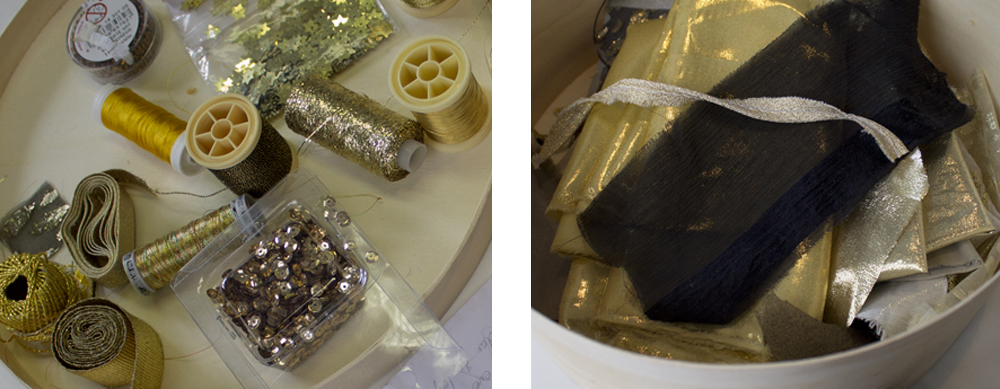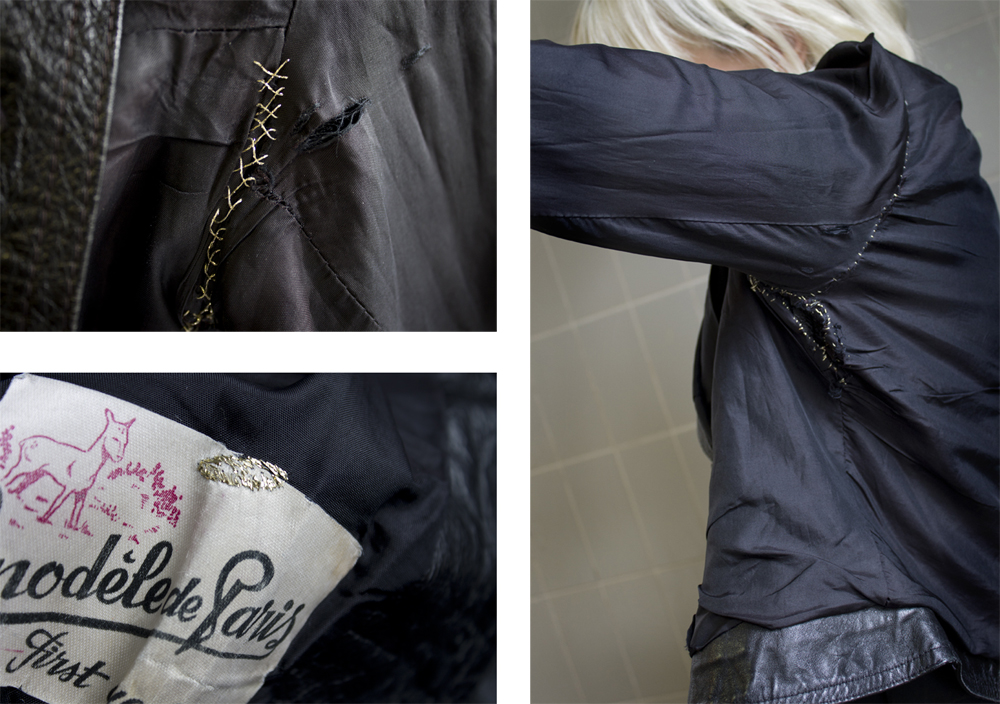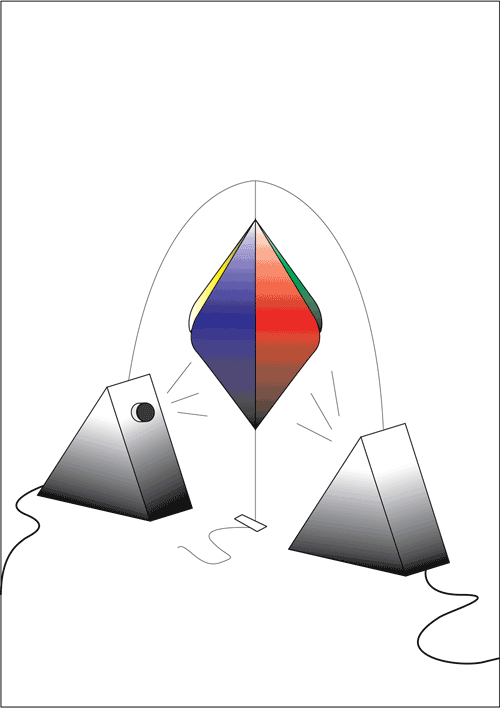After researching information about different color systems, I realized that all the systems try to approach questions of color always in relation to something. Color in terms how we describe it in language, color as light, color as pigment, color as sound. As for the color in relation to human body there is a Chakras system. But it is all fixed, and doesn’t explain movements of the body. I see human body as a constantly changing system, it is changes every second, and I wanted to develop during this project I wanted to create color system which describes movements of the human body into the color, in the real time. I wanted it to be really interactive and visual.
So I split whole process into two steps. First step was to find a sensor which will “read” movements of the body. There were several ideas possible, but after some try outs with heart rate monitors, ultrasonic motion sensors, I ended up using HC-SR501 Passive Infrared Motion Sensor (PIR) sensor. The module features adjustable sensitivity that allows for a motion detection range from 3 meters to 7 meters. The device will detect motion inside a 110 degree cone with a range of 3 to 7 meters. I was using raspberry pi computer to program reactions of the sensor.
Second step was to find the way to represent the data from the motion sensor. I wanted to work with light. There were some ideas to use projectors. But in the end I was using Philips Hue lamps because they have open API and it is easy to program them.
There were some challenges with Philips hue lamps. They do not work by independently. If you want to communicate with lamps there is a physical device which called a bridge. . The Philips Hue bridge is the heart of the system. When you are programming, your are not communicating with lamps directly, you send commands to the bridge, and the bridge sends messages to lamps so they know, which hue and saturation apply to the lamp. Problem is that this bridge should be connected to wifi network. In school wifi network is secured, so you can not that easily add new device to it. This lamps are meant for use at home, and not really designed for the usage in the public locations. So basically the solution to this problem was to create my own network. Raspberry pi computer became dhcp server and was assigning IP address to the bridge. It is very important to know IP adress, because than you know where to send your commands in program. So the whole system do not depend on the network connection and know can work on any location.
About the transformation of the movement to color. I built the whole system and tried it on the spot in the school. Originally it was working from the simple lamp. I installed the lamp in school and was observing people behavior how they react on the lamp. First setup was like this whenever someone pass by or approach the lamp it will switch on and start changing colors. This was clear, I noticed that once people realize how it works, they lose their interest in it. Like puzzle is solved. And usually it take 30 seconds for them to realize and they move forward. And also there were not so many people who will notice it in the first place. So I added blinking to get an attention of the passing by people. And once they approach lamp it will start changing colors, but with 5 seconds delay. After this changes there were more people discovering the work. And they spend way more time with it. Puzzled, and trying understand what action trigger lamp.
Next step was to put everything together in one container. So the whole system can work as portable device and can be shown in different locations.
As for the next steps I think it would be interesting to add more sensors. After some tests in library, I realized that people want to touch the object. It would be nice to add one more reaction to touch. And make more tests in different spots: Library, cafe, train station.
